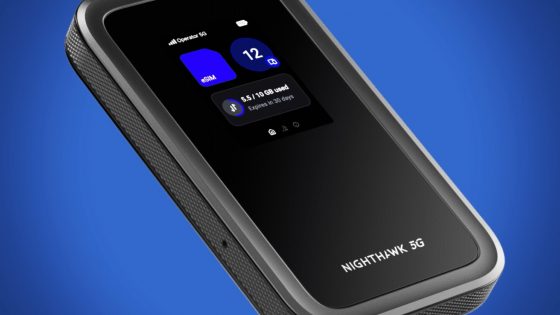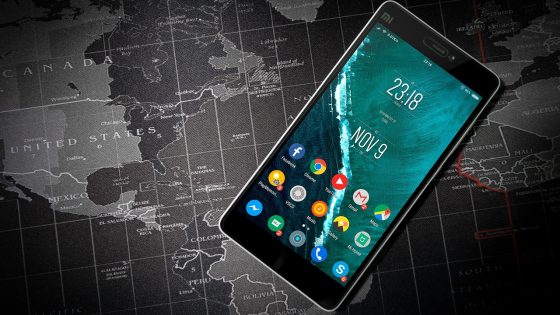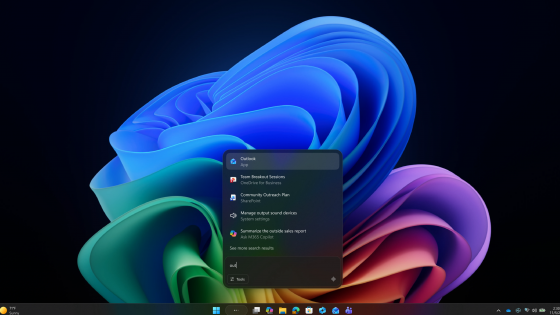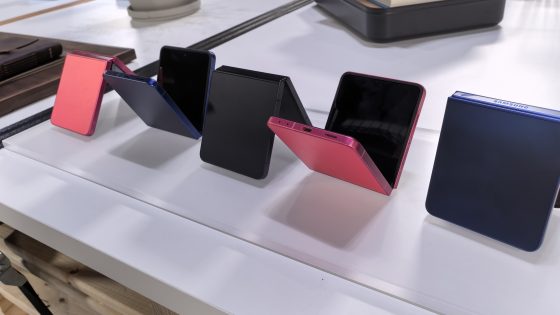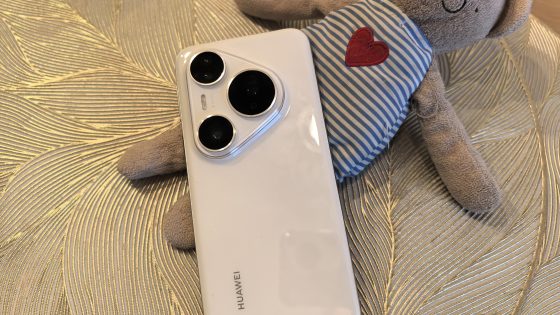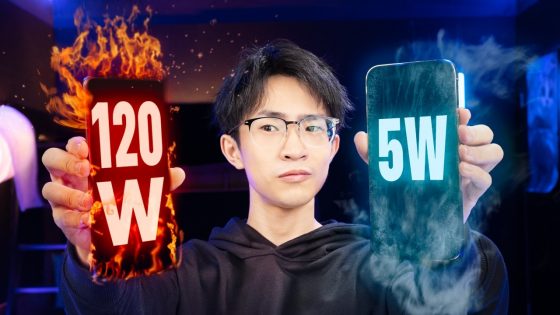Xiaomi's XRING 01 chip equivalent to Snapdragon 8 Elite?

Xiaomi has unveiled its first in-house high-end chip, the Xring O1, which directly challenges Qualcomm's Snapdragon 8 Elite. The company also unveiled the 15S Pro phone and Pad 7 Ultra tablet, powered by the new chip, as well as a new version of the Watch S4 smartwatch, powered by another, all-new Xiaomi chip.
While this isn't Xiaomi's first processor, it's the first since the mid-range Surge S1 from 2017, and the Xring O1 is significantly more powerful. It's built using a second-generation 3-nanometer manufacturing process and is aimed squarely at rivals like the Snapdragon 8 Elite, MediaTek Dimensity 9400, and Apple's A18. On paper, it sounds very promising.
Xiaomi has opted for a deca-core processor, which is more than any competitor. Two main Arm Cortex-X925 cores operate at a frequency of 3.9 GHz, four cores operate at 3.4 GHz, two at 1.9 GHz, and two more at 1.8 GHz. The graphics part is based on a 16-core Immortalis-G925 chip, which competes with the best MediaTek solutions in terms of performance. Adreno, the core used by Qualcomm, is still slightly better in this regard.


Since chip architectures vary greatly between major manufacturers, bare data on frequencies and number of cores is no longer a reliable indicator of performance, nor are lab tests. Xiaomi scored more than 3 million points on the Antutu performance test, and based on this we can conclude that this is one of the most powerful chips. It is also said to be very energy efficient. Of course, the real test is practice. We will see how the chip performs in everyday tasks, games and other more demanding operations.
Still, it's an indication that Xiaomi has done its homework. Synthetic tests show that the Xring 01 will be on par with all of its current competitors from Qualcomm, MediaTek, and Apple, and far ahead of Samsung's Exynos chips.
They are so confident in their new chip that they have already installed it in the new Xiaomi 15S Pro phone, which is essentially a revamped version of the Xiaomi 15 Pro, except that the Snapdragon 8 Elite replaces the domestic Xring O1. The phone boasts a stylish carbon fiber casing. It is also being introduced with the Pad 7 Ultra tablet, also with the new chip, which with a 14-inch OLED screen and a huge 12,000 mAh battery and a thickness of only 5.1 mm is one of the thinnest on the market.
Xiaomi isn't just limiting its ambitions to phones and tablets, though. It also unveiled the Xring T1 chip, a high-end smartwatch processor that also includes a 4G modem. It was used to power the eSIM version of the Watch S4.
This is undoubtedly bad news for Qualcomm, which has long considered Xiaomi a key partner. Xiaomi is often the first to market with devices powered by the latest Snapdragon. As the world's third-largest smartphone maker, it represents a significant portion of Qualcomm's business. Although the two companies just signed a multi-year deal this week to continue using the Snapdragon series of chips in Xiaomi's phones, it's clear that Xiaomi has long-term plans for independence.





